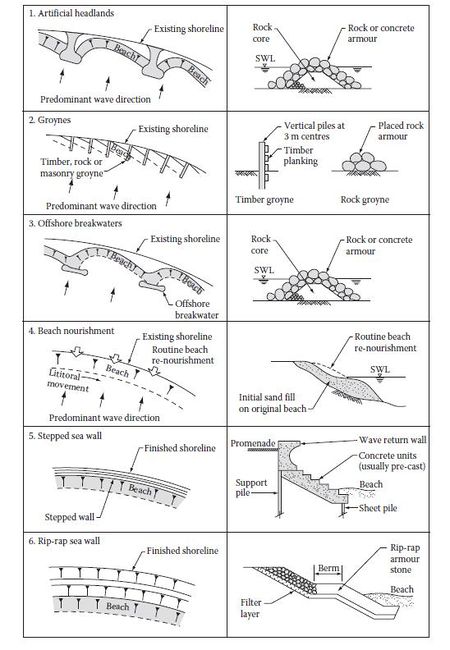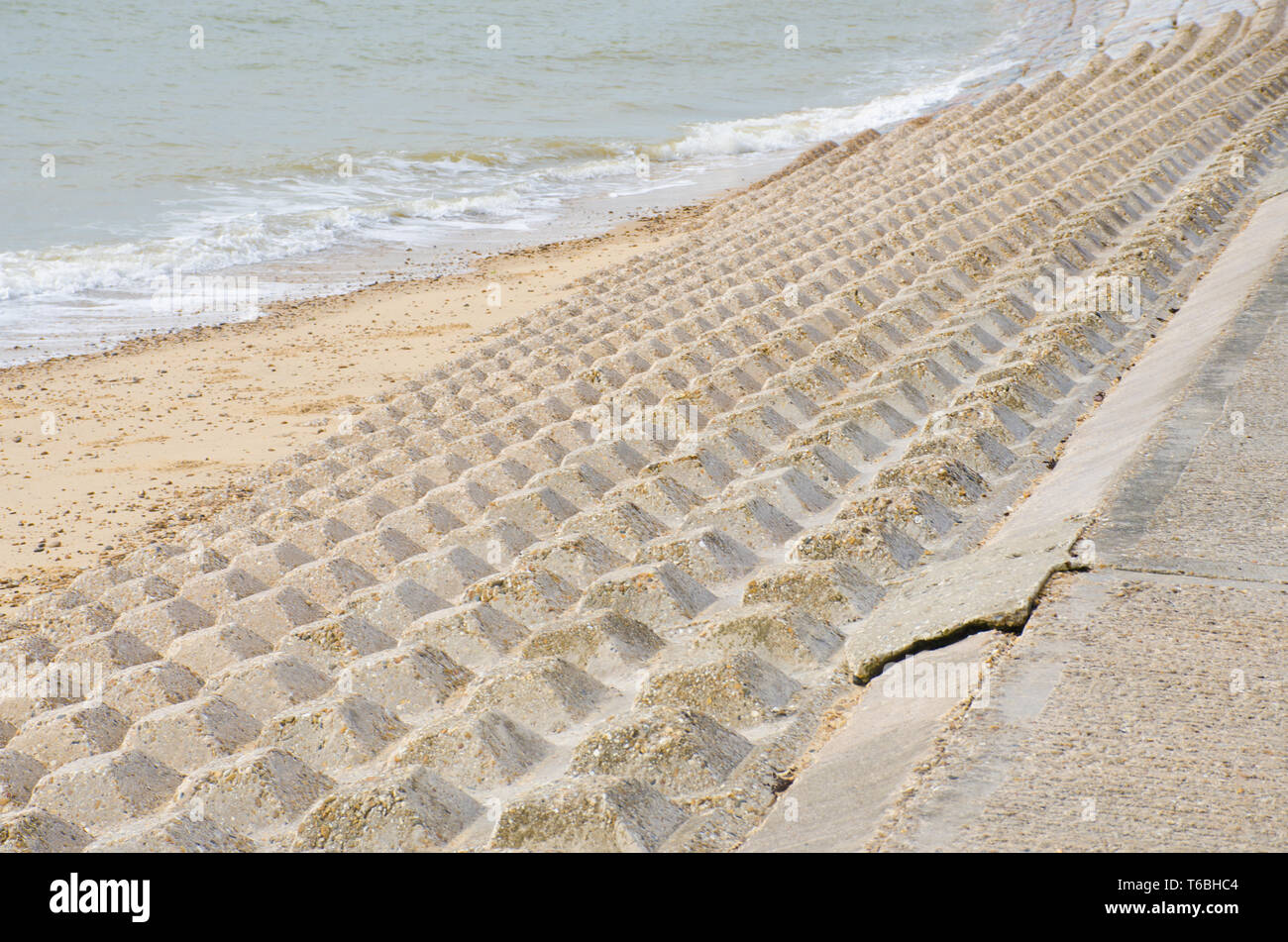The Ultimate Guide To Shore Protect Team
Table of ContentsSome Of Shore Protect TeamThe Of Shore Protect TeamSome Known Details About Shore Protect Team Get This Report on Shore Protect TeamThe Single Strategy To Use For Shore Protect TeamA Biased View of Shore Protect TeamShore Protect Team Can Be Fun For Anyone
Decrease in residential or commercial property worth: As the location tourist is impacted by disintegration, so after that is the economic climate. Customers are less most likely to look for a beach residence that could be destroyed at any type of minute by the upcoming flooding and erosion emergency situation. Consequently, residential property value can drop greatly and influence the whole area.Whether a beach is simply small and congested or has to close completely for the security of the community and nearby residential or commercial properties, this substantially influences tourism. In turn, regional economic climates are influenced (https://www.merchantcircle.com/shore-protect-team-katy-tx). Threat of injury: The raised risk of flooding and structural failures triggers an enhanced danger of injury to close-by vacationers and neighborhood participants

Shoreline stablizing is straight related to their job. Waterside resorts: Since shoreline erosion impacts tourism, it influences the success of beachfront resorts.
The Ultimate Guide To Shore Protect Team
This at some point brings about closures and deserted beachfront properties. Coastal business companies: No tourists means no business. For those services dealing with residents, their building is at danger of damage from erosion and flooding. Coastal state parks: State parks that exist along coastlines are at danger of damage. Not only to the manufactured frameworks and properties on site, yet also to the all-natural environments that exist within.
Hard stabilization uses synthetic frameworks as defense to control disintegration. The majority of kinds of hard stabilization like seawalls and sheet steel are not excellent for coastline stabilization.
Some Known Details About Shore Protect Team
There's also not nearly enough proof of their effectiveness depending upon the sort of shoreline and neighborhood problems. Tough stablizing strategies have a tendency to be harder to install and don't match the natural visual, standing out like a sore thumb and damaging neighborhood communities in lots of situations. Coastline sustenance is the procedure of including lost sand and debris back to beaches after erosion has actually taken place.
TrapBags help in the process of coastline nourishment by safeguarding natural communities and permitting plants to expand. They're: Ecologically pleasant: You can use indigenous soil both to surround and to load the TrapBags.

A Biased View of Shore Protect Team
Easy to install: Ease of installation means TrapBags can be released swiftly in the event of an emergency. They can likewise be mounted with no heavy machinery. Cost effective: TrapBags are suitable for both tiny and large locations of coastline. They offer a cost effective option to cover jobs of any type of size.
Combined with a high building cost, this has led to raising use of various other soft engineering coastal management options such as coastline replenishment. Seawalls are created from different materials, the majority of commonly reinforced concrete, boulders, steel, or gabions. Various other possible construction materials include vinyl, timber, aluminum, fiberglass composite, and eco-friendly sandbags made of hemp and coir. The proper seawall layout depends on location-specific aspects, consisting of bordering erosion procedures. There are three primary types of seawalls: upright, curved, stepped, and piles (see table below).
All-natural barriers, such as coral reefs and mangrove forests, protect against the spread of tsunamis and the flow of seaside waters and minimized the flood and rise of water. A cost-benefit method is an effective way to figure out whether a seawall is ideal and whether the benefits are worth the cost.
Shore Protect Team - The Facts
A seawall is a static attribute which can conflict with the vibrant nature of the shore and hamper the exchange of debris between land and sea. The table listed below sums up some favorable and unfavorable results of seawalls which can be made use of when contrasting their performance with various other coastal administration options, such as beach nutrients. [] Benefits and drawbacks of seawalls according to Short (1999) Advantages Disadvantages Long-term solution in comparison to soft coastline nourishment.

This can create coastlines to dissipate, making them pointless for coastline goers. Normally, seawalls can be a successful method to regulate coastal erosion, but just if they are constructed well and out of materials that can withstand the pressure of ongoing wave energy. Some understanding is required of the coastal processes and morphodynamics certain to the seawall location.
Top Guidelines Of Shore Protect Team
The proper seawall layout depends on location-specific aspects, consisting of bordering erosion processes. There are three major types of seawalls: upright, curved, tipped, and piles (see table below).
Natural obstacles, such as coral reefs and mangrove woodlands, protect against the spread of tsunamis and the circulation of seaside waters and reduced the flooding and rise of water. A cost-benefit technique is an efficient way to determine whether a seawall is ideal and whether the benefits are worth the expense.
Shore Protect Team for Dummies
A seawall is a fixed feature which can conflict with the dynamic nature of the coast and hinder the exchange of sediment between land and sea. Benefits and downsides of seawalls according to Short (1999) Advantages Downsides Lengthy term service in comparison to soft beach nutrients.

This can create beaches to dissipate, making them useless for beach goers. Usually, seawalls can be a successful way to regulate coastal disintegration, yet just if they are built well and out of materials that can stand up to the pressure of continuous wave power. Some understanding is required of the coastal procedures and morphodynamics certain to the seawall location.